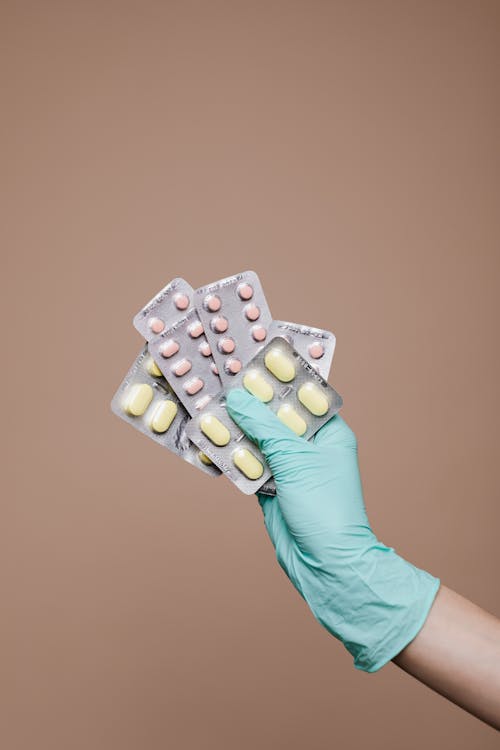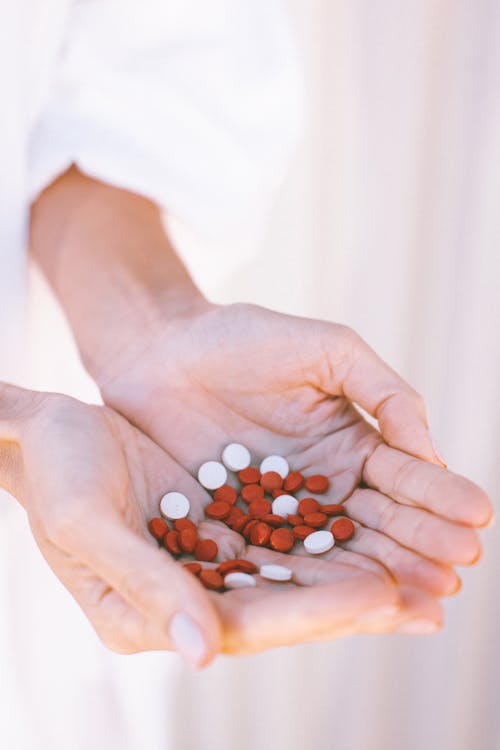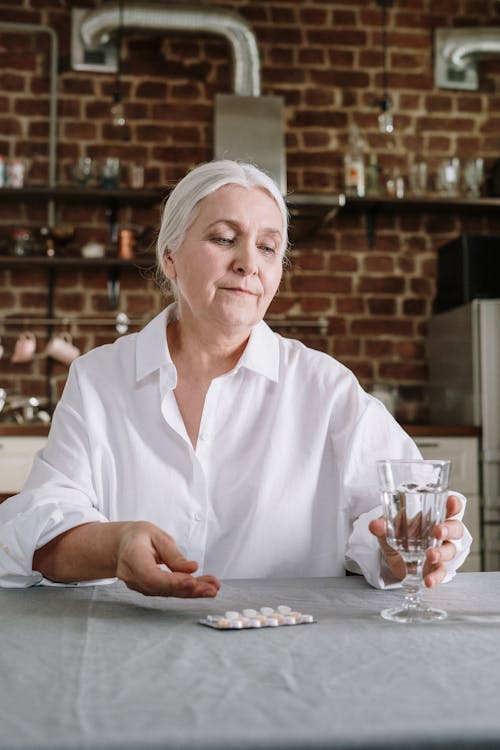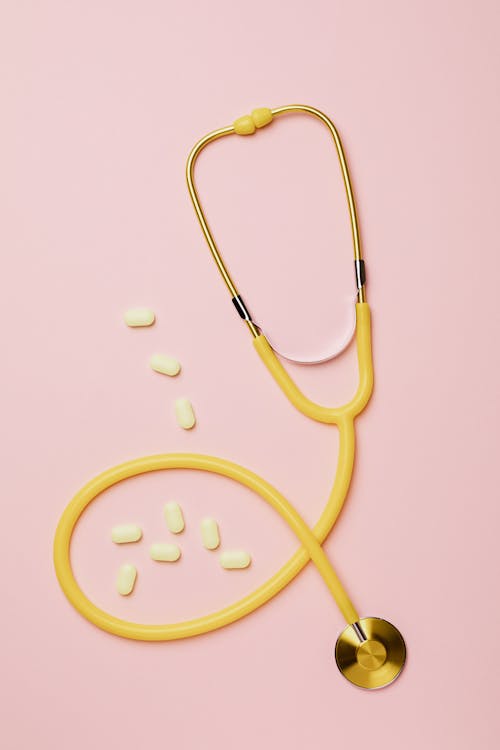What is tablet dosage forms?
Tablets are solid dosage forms containing active pharmaceutical ingredients and excipients. Tablets are solid, circular, flat, and convex. Tablet dosage forms contain a quantity of a drug given as a single unit, and they are known collectively as solid unit dosage forms.
Even in the case of sustained action preparation, which technically contains the equivalent of several regular doses of a drug.
They vary in shape and differ significantly in size and weight, depending on the amount of medicinal substances and the intended mode of administration.
Tablets- Advantages and Disadvantages
Advantages
- · Tablet is a tamperproof dosage form
- · It is a conventional unit dosage from
- · It having an economical cost
- · Suitable for large scale production
- · Tablets are more advantages because having optimum portability, required minimum storage space
Disadvantages
- · Those drugs having poor wetting as well as slow dissolution.
- · Bitter tasting, an objectionable odor of drugs
- · Some drugs having amorphous nature or flocculent having compression problem
Properties of Tablet Dosage Forms

- The tablet should be elegant, free from cracks, contamination, discoloration, etc.
- · It must be release active pharmaceutical ingredient in the body in an obvious way
- · It should have proper mechanical strength, does not fragile during transportation
- · Does not alter or change any physical and chemical properties under any environmental condition
- · It must have suitable chemical stability over a period of time.
Different Types of Compressed Tablet
1. Tablets ingested orally –
Compressed tablet–

A compressed tablet, which is an uncoated tablet, contains API with pharmaceutical ingredients like diluents, binder, disintegrant, glidant, colorant, etc.
Compressed tablets are prepared by using compression.
Different types of methods used in the preparation of tablet, such as:
- Wet granulation
- Dry granulation
- Direct compression
Example: Paracetamol (1)
- Multi-compressed tablet–
- There are two types layered tablets and compressed tablets.
- Both types can be either two-component or three-component systems.
- A multi-compressed tablet is usually prepared: to separate physically or chemically incompatible ingredients and prolonged action products.

Sugar coated tablet–
- o For test masking the bitterness of a pill, sugar coating is the most conventional way. In these processes, a sugar solution is applied to the tablet.
- o Different capacity pans are used for the process at an angle of 400. The most skillful laborers are used for the processing of coating.
- o Sugar coating is a cheap, safe patient compliance process, but it is also time-consuming and contains a high weight-gain process because of the increase in the packaging and shipping.
- The following steps are used for the sugar coating
- Ø Seal coating
- Ø Sub-coating
- Ø Grossing/smoothing
- Ø Coloring
- Ø Polishing/finishing
- Ø Printing
· Film-coated tablet–
- o It is the modern technique for tablet coating in this method. Tablets are coated with a too-small layer of polymeric material.
- o Film coating is a single-step process in which polymeric material is sprayed on a tablet with the continuous rotation of the tablet. After coating, the tablet is dried to remove the deposited solvent.
- o The following raw materials are used for the film coating:
- Ø Polymers
- Ø Solvents
- Ø Plasticizers
- Ø Colorants
o Chewable tablet:-
o Tablets, which are place in the mouth and chewed, known as chewable tablets, these tablets contain a large amount of additives and excipients such as
- § Diluents,
- § Disintegrants,
- § Binder And Adhesive,
- § Lubricant,
- § Glidants,
- § Colouring Agent,
- § Flavouring and Sweetening Agent.
· Delayed-release tablet or enteric-coated tablet–
- o Released in the small intestine.
- o The coating of this tablet is insoluble in low pH and easily soluble in high pH.
- o Enteric-coated tablets are useful to protect gastric stress optimal absorption and can be easily acted on the intestine by providing delayed-release.
2. Tablet used in the oral cavity

- Buccal tablet– kept in the buccal cavity. They release their drug for absorption directly through the oral mucosa. Buccal tablets avoid the first-pass metabolism.
- · Sublingual tablet- kept below the tongue and released slowly. For the secretion of saliva, this tablet is formulated with bland excipients. If salivation increases, the drug may be swallowed and not absorbed from the cavity.
- · Lozenges– are intended for local action in the mouth or throat. This is preferred in antiseptic, antibacterial, local anesthetics, astringent, and antitussive. Lozenges do not contain a disintegration agent. It dissolves slowly in the mouth.
- · Dental cone – to fill vacant space after tooth extraction, dental cones are useful in preventing bacterial growth during tooth extraction. It is helpful in slowly releasing the drug in the presence of a small amount of serum.
3. tablet dosage forms administered by another route

- Vaginal tablet– These tablets have slow dissolution and drug release rate in the cavity of the vagina. Vaginal tablets are ovoid or pear-shaped. It is used for vaginal infection.
- Implantation tablet– also called depot tablets. The main motive of implants tablet is prolonged drug release, ranging from months to year—usually small disc-like shape not more than 8mm in length.
4. tablet dosage forms used to prepare a solution
· Effervescent tablet–
- o It contains tartaric acid, citric acid, and sodium bicarbonate to give effervescence of carbon dioxide in the presence of water.
- o When an effervescent tablet is added to the water, a chemical reaction is started between acids and the sodium bicarbonate to form the sodium salt of the acid and produce carbon dioxide and water.
- o This reaction is relatively fast and completed within one minute.
· Dispensing tablet–
- o It cannot be used on a routine basis with water.
- o Dispensing tablets are intended to be added to a given volume of water by a pharmacist to produce desired concentration.
- o Silver proteinate, bichloride of mercury, and quaternary ammonium compounds are added in mild quantity.
- o Mostly soluble components are added for better effects.
· Tablet triturates–
- o Used to increase bulk, it mixed with inert substances.
- o To increase the bulkiness of the potent drug is added with lactose or acacia. Mainly used for potent drugs.
- o Tablet triturates are usually soft and friable.

